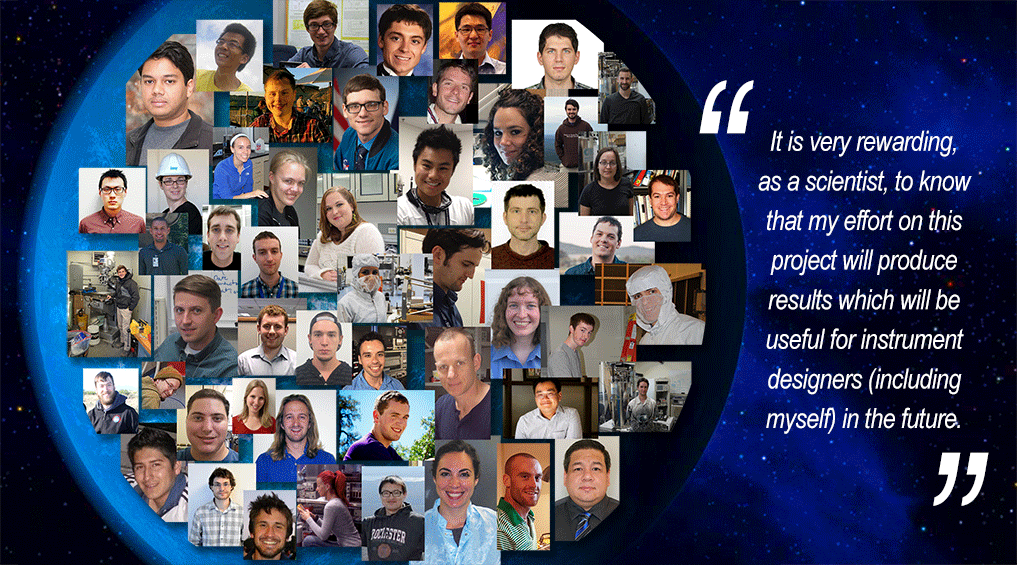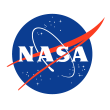Technology Benefits: Program Benefits Overview / Maturations
Technology Investment to Date - High Level Overview

Above : Geographic distribution of benefits from the astrophysics technology development.
- • 142 technology projects awarded to date to 28 PI institutions (59 projects currently active, including 32 SATs).
- • 100 SAT projects competitively awarded from 2009 program inception to date, with a 29% proposal win rate.
- • Work spread across 28 states and territories.
- • 37 technologies advanced their TRL at least one level to date.
- • 84 technologies were infused a total of 174 times into missions or projects (40 technologies 90 times into space missions, 27 technologies 44 times into suborbital missions, and 15 technologies 40 times into ground observatories).
- • Over 150 students and postdocs participated in Astrophysics technology projects. Many were then accepted into graduate programs, graduated with a PhD, and/or obtained full-time research positions. One started a nanofabrication business. Many post-docs proceeded to positions at other institutions or high-tech companies. All these contributed to our technology and academic workforce for decades to come, in astrophysics and beyond.

Signal types addressed by current projects include electromagnetic waves across the spectrum from X-rays to sub-mm. Since future exoplanet observatories are expected to observe across the UV/Optical/IR (UVOIR) spectrum, exoplanet-science-driven projects are deemed here to address that broad band. Projects affecting more than one signal type are assigned to the signal type most affected.

Technology areas funded include detectors, coronagraphs, optics, electronics, optical coatings, starshades, and more with over 73% of projects pursuing detectors, coronagraphs, and optics.

Nearly all current projects support at least one strategic mission *, and many support several; therefore the total of mission-support lines is higher than 53.
* Strategic astrophysics missions are usually large, multi-purpose observatories that NASA Astrophysics is developing, participating in, or interested in, to respond to high-priority science questions or mandates. These missions are generally assigned to a NASA center to implement, with science instruments and platform components selected through open competition.
Technology Maturation and Infusion
The SAT program matures technologies across the mid-TRL gap, so they can be infused into strategic missions and/or enable international collaboration on projects relevant to Program goals. These technologies are also available for infusion into Explorers, suborbital missions, and ground-based experiments.
View All Technology Maturation
Technology Infusions (PDF)
Collateral Benefits
Most PIs leverage SAT funding to generate matching internal R&D funding; fellowships; contributed labor, parts, and/or infrastructure funding; industry contracts; Small Business Innovation Research (SBIR) grants; and/or funded parallel efforts on related projects.
Involving Students and Postdocs in SAT Projects
Most of our technology development PIs hire students and postdocs, on average three or four per project, totaling over 150 to date. This helps train the future astrophysics workforce. As can be seen in the quotes, the Program is making a deep impact on these future technologists, and through them promotes astrophysics missions over many decades to come.

Above : Students and post-doctoral fellows involved in SAT projects, in their own words.













